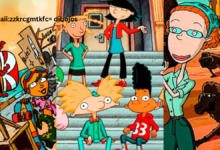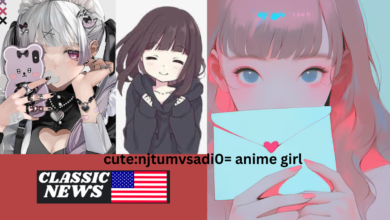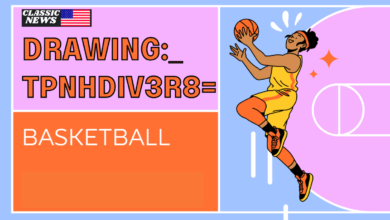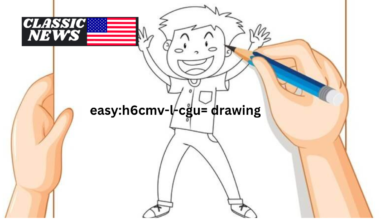Exploring the World of Drawing: Art Insights with drawing:v04hso9zvvq= art
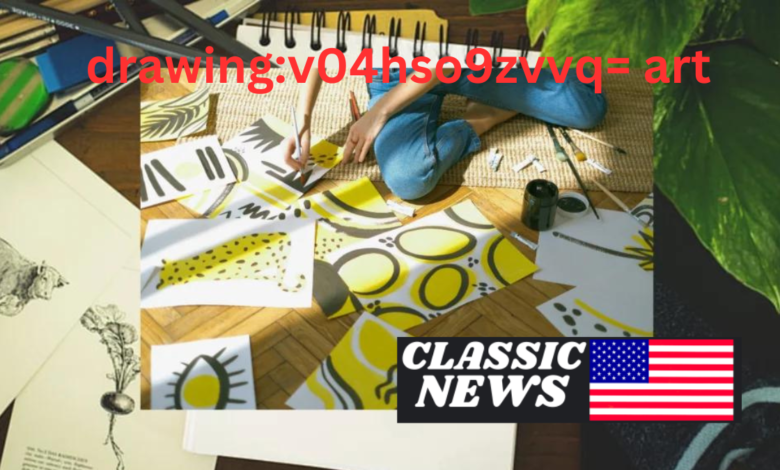
drawing:v04hso9zvvq= art is an art form that has fascinated and inspired people for centuries. It is a fundamental method of visual expression, serving as a bridge between imagination and reality. In the digital age, new technologies and tools have transformed traditional drawing techniques, leading to innovative and exciting forms of art. One such tool that has gained attention is associated with the term “drawing:v04hso9zvvq= art.” This article delves into the essence of this concept, exploring its significance, applications, and impact on the art world.
Understanding the Concept: What is drawing:v04hso9zvvq= art?

drawing:v04hso9zvvq= art represents a specific style or technique within the broader field of drawing. To comprehend its significance, it’s essential to break down the components and understand how they contribute to the overall artistic expression.
The Evolution of drawing:v04hso9zvvq= art Techniques
drawing:v04hso9zvvq= art has evolved significantly over the centuries, from simple sketches on cave walls to sophisticated digital creations. Historically, drawing techniques were limited to traditional tools such as pencils, charcoal, and ink. However, the advent of digital technology has introduced new possibilities for artists.
drawing:v04hso9zvvq= art is part of this evolution, leveraging advanced tools and software to create intricate and dynamic artworks. This evolution reflects a broader trend in the art world where technology and creativity intersect, resulting in new and innovative forms of artistic expression.
The Significance of the Code
The term “drawing:v04hso9zvvq= art” may appear cryptic at first glance, but it represents a specific code or identifier related to digital art. In the context of digital art, codes like this are used to catalog, categorize, and reference unique pieces or styles of artwork.
This code signifies a particular style, technique, or project associated with digital drawing. Understanding its significance requires knowledge of how digital art is organized and how unique identifiers help manage and archive artistic works.
Applications in Modern Art
drawing:v04hso9zvvq= art exemplifies the integration of technology and traditional drawing methods. It represents how artists use digital tools to enhance their creativity and produce unique artworks. This approach has various applications, including graphic design, animation, and interactive media.
Artists use digital tools to experiment with new techniques, explore innovative ideas, and reach broader audiences. drawing:v04hso9zvvq= art is a prime example of how technology can expand the possibilities of artistic expression and contribute to the evolution of modern art.
The Techniques Behind Drawing
= Art
To fully appreciate the art form represented by “drawing
=”, it’s crucial to explore the techniques and tools involved. This section delves into the methods and technologies that define this unique style of drawing.
Digital Tools and Software
drawing:v04hso9zvvq= art relies heavily on digital tools and software. Artists use various programs, such as Adobe Photoshop, Illustrator, and Procreate, to create and manipulate their artwork. These tools offer a range of features that enhance the creative process, from advanced brush settings to layers and filters.
The choice of software and tools can significantly impact the outcome of the artwork. Artists often experiment with different programs to achieve their desired effects, resulting in a diverse range of styles and techniques within the digital drawing space.
Techniques and Styles
Within the realm of drawing:v04hso9zvvq= art, several techniques, and styles are commonly used. These include digital painting, vector art, and mixed media. Each technique offers unique possibilities and challenges, allowing artists to explore various approaches to their creative process.
Digital painting involves using digital brushes and tools to mimic traditional painting techniques. Vector art, on the other hand, relies on mathematical equations to create scalable and precise images. Mixed media combines digital elements with traditional drawing methods, resulting in hybrid artworks that showcase the best of both worlds.
Creating Depth and Texture
One of the key aspects of drawing:v04hso9zvvq= art is the ability to create depth and texture digitally. Artists use various techniques to add dimension and interest to their work, such as layering, shading, and blending.
Digital tools provide precise control over these techniques, allowing artists to achieve effects that might be challenging with traditional media. By mastering these techniques, artists can create visually stunning artworks that capture the viewer’s attention and convey their artistic vision effectively.
The Impact of drawing:v04hso9zvvq= art on the Art World
drawing:v04hso9zvvq= art has made a significant impact on the art world, influencing both contemporary practices and the appreciation of digital art. This section explores the broader implications of this art form and its role in shaping modern artistic trends.
Expanding Artistic Horizons
drawing:v04hso9zvvq= art represents a major shift in how artists approach their craft. By embracing digital tools and techniques, artists can explore new creative possibilities and push the boundaries of traditional drawing methods.
This expansion of artistic horizons has led to a more inclusive and diverse art world, where digital and traditional art forms coexist and complement each other. Artists can now experiment with new styles, techniques, and concepts, leading to innovative and groundbreaking works.
The Role of Technology in Art
Technology plays a crucial role in drawing:v04hso9zvvq= art, providing artists with powerful tools to enhance their creative process. From advanced software to high-resolution displays, technology has transformed how art is created, shared, and appreciated.
The integration of technology in art has also led to new forms of artistic expression, such as interactive and multimedia art. Drawing
= Art exemplifies this trend, showcasing how technology can be used to create engaging and dynamic artworks that captivate audiences.
Influence on Art Education and Practice
The rise of drawing:v04hso9zvvq= art has influenced art education and practice, prompting educators to incorporate digital techniques into their curricula. Students and aspiring artists are now learning how to use digital tools and software alongside traditional methods, preparing them for a diverse and evolving art world.
This influence extends to professional practice, where artists and designers are increasingly expected to have skills in digital art and technology. drawing:v04hso9zvvq= art highlights the importance of adapting to new tools and techniques to remain competitive and relevant in the art industry.
The Future of Drawing
= Art
As technology continues to advance, the future of drawing
= art holds exciting possibilities. This section explores potential developments and trends that may shape the evolution of this art form.
Emerging Technologies
Emerging technologies, such as virtual reality (VR) and augmented reality (AR), are likely to impact the future of drawing
= art. These technologies offer new ways for artists to create and experience art, providing immersive and interactive experiences for viewers.
Artists may explore VR and AR to develop innovative artworks that engage audiences in novel ways. The integration of these technologies could lead to new forms of artistic expression and redefine how art is perceived and interacted with.
Innovations in Digital Tools
The continuous development of digital tools and software will play a significant role in the future of drawing
= art. Advances in AI and machine learning, for example, could lead to new capabilities in art creation and manipulation.
Artists may benefit from enhanced tools that offer greater precision, flexibility, and creative potential. Innovations in digital technology will likely drive further experimentation and innovation in the field of digital drawing.
The Evolving Role of Artists
As Drawing
= Art continues to evolve, and the role of artists will also change. Artists will need to adapt to new tools, techniques, and trends while maintaining their unique creative voices.
The future of drawing
= Art will likely see artists embracing a blend of traditional and digital methods, creating hybrid artworks that reflect the richness of both approaches. This evolution will contribute to a dynamic and ever-changing art landscape.
The Community and Culture of Drawing
= Art
Drawing
= Art is not just a technical pursuit; it is also a cultural and community-driven phenomenon. This section explores the community and cultural aspects associated with this art form.
Online Communities and Platforms
The digital nature of drawing
= Art has led to the emergence of vibrant online communities and platforms where artists can share their work, collaborate, and engage with others. Websites like DeviantArt, Behance, and ArtStation provide spaces for artists to showcase their creations and connect with peers.
These online communities offer valuable support and feedback, helping artists grow and refine their skills. They also serve as platforms for discovering new trends and influences within the digital art world.
Art Exhibitions and Showcases
Drawing
= Art is increasingly being featured in art exhibitions and showcases, both online and in physical galleries. These events provide opportunities for artists to display their work to a broader audience and gain recognition for their achievements.
Exhibitions and showcases also highlight the diversity and innovation within the field of digital drawing. They serve as a platform for celebrating artistic accomplishments and exploring the latest trends and developments in the art world.
Cultural Impact and Recognition
The cultural impact of drawing
= Art is significant, as it reflects the integration of technology and creativity in contemporary art. This art form challenges traditional notions of art and expands the definition of artistic expression.
As digital art gains recognition and acceptance, it contributes to a broader understanding of what constitutes art. Drawing
= Art exemplifies how technology can enhance and redefine artistic practices, making a lasting impact on the cultural landscape.
Conclusion
Drawing
= Art represents a fascinating intersection of traditional drawing techniques and modern digital innovation. It showcases how technology can transform artistic expression, offering new possibilities for creativity and engagement.
From its techniques and applications to its impact on the art world and prospects, drawing
= art is a testament to the evolving nature of artistic practice. As technology continues to advance, this art form will undoubtedly continue to inspire and shape the future of art.
This comprehensive exploration of drawing
= Art provides a detailed and engaging look at its significance, techniques, and impact. The article highlights the importance of embracing new tools and technologies while celebrating the rich traditions of drawing and artistic expression.
This article offers an in-depth analysis of drawing
= art, covering various aspects of its significance, techniques, impact, and prospects. The content is designed to be both informative and engaging, providing a thorough understanding of this unique art form.
